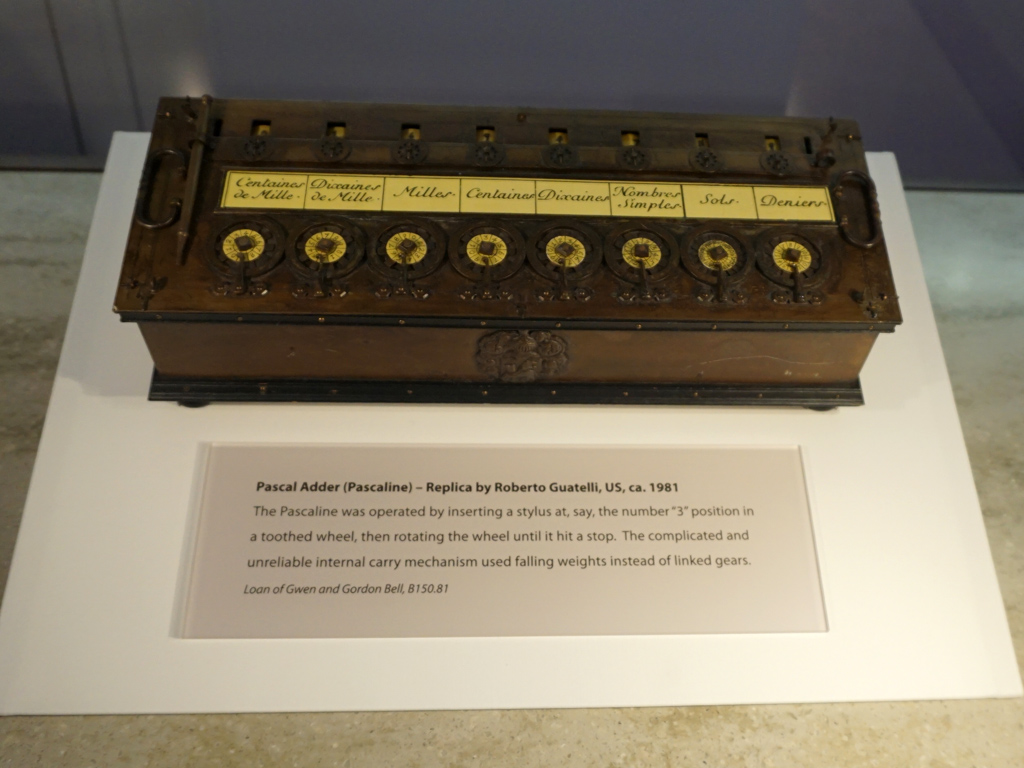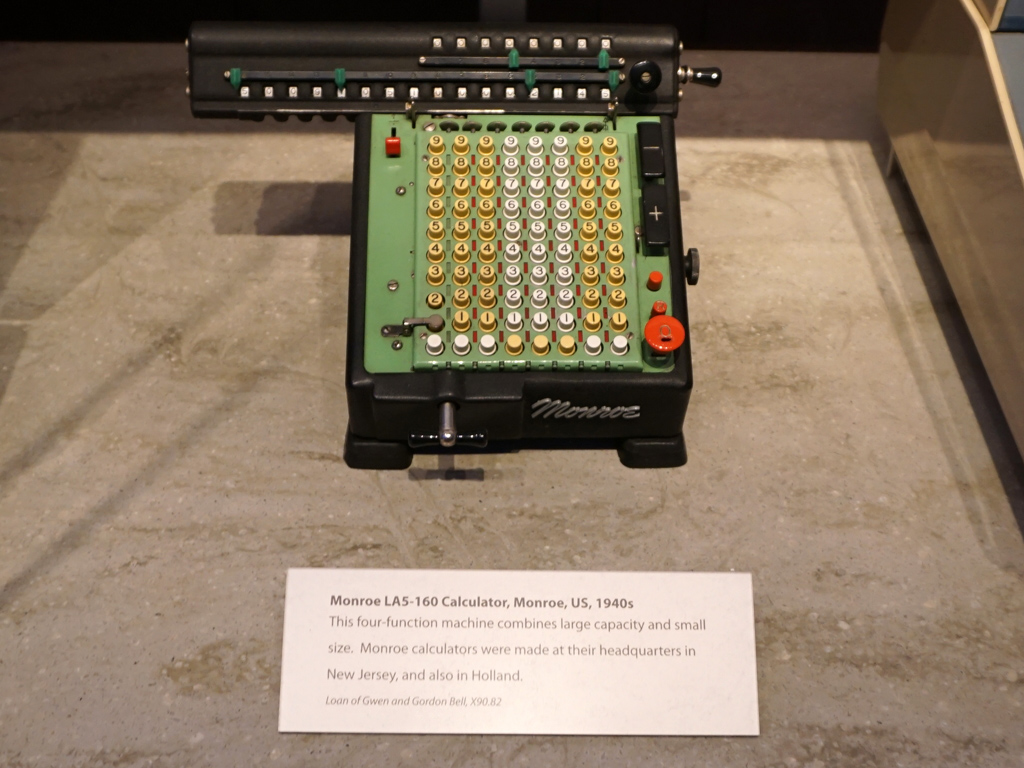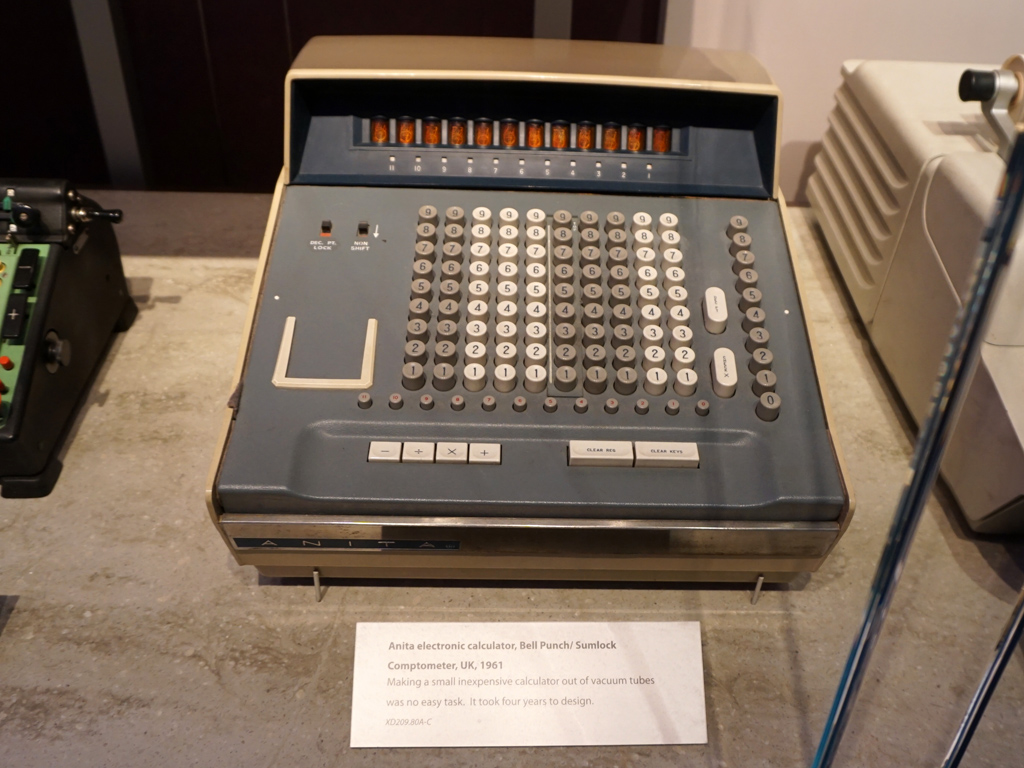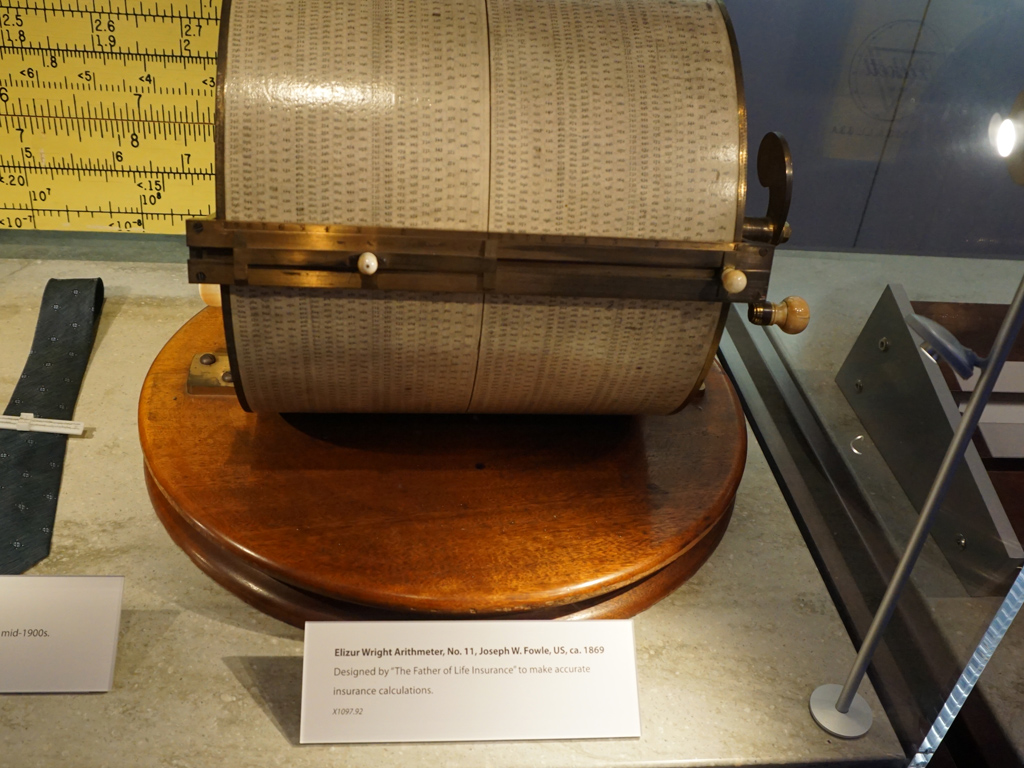Computer History: From The Antikythera Mechanism To The Modern Era
In this article, we shed light on the most important moments in computer history, acknowledging the people that have contributed to this evolution.
The Pascaline And Other Early Calculators


Some of you might remember handheld calculators, popular in the 80s and 90s, before they were fully replaced by the calculator apps on our mobile phones. Blaise Pascal was the first to invent a mechanical calculator back in the middle of the 17th century. This machine was called Pascal's Calculator and became known later as the Pascaline. The device made its first public appearance in 1645 and today only nine of these machines survive.
According to historians, Pascal invented this machine because of his father, who was a tax collector, in order to alleviate some of his hard work. The Pascaline was able to perform all basic mathematical operations, however multiplication and division with this machine wasn't a straightforward process. It is noteworthy that Pascal was only 18 years old when he designed the Pascaline.


Wilhelm Schickard, born in Germany in the 16th century, was highly educated and studied theology, astronomy, mathematics and geodesy. A meeting that Schickard had with the famous astronomer Johann (Johannes) Kepler was enough to encourage him to devote more time to scientific pursuits. Schickard designed a mechanical calculation machine, the first of its kind, however it did not survive through time. The only clues we have about this device are three documents, including two letters that Schickard wrote to Kepler describing it along with a sketch of the device, which also includes manufacturing instructions.
Elizur Wright was a 19th century American insurance commissioner living in Massachusetts. For his work, which demanded numerous computations, he invented a large cylindrical slide rule that he patented and sold to various insurance companies for $500. Besides being a good insurance salesman (he is described by some as the "father of life insurance" in the U.S.), Wright was a successful businessman as well.





There were various other calculators invented in the late 1800s and early 1900s, including the Lord's Calculator by the Elliott brothers (U.K., 1880), Comptometer by Felt & Tarrant (U.S., 1890), Time is Money ("TIM") calculator by Ludwig Spitz (Germany, 1910), Otto Steiger's Millionaire calculation machine that could do multiplication, and Burroughs' Adding and Listing Machine (U.S., 1912).







Mechanical and electronic calculators from 1932 to 1965 include the Felix Arithmometer (USSR, 1932), Monroe LAS-160 (U.S., 1940), Anita, the world's fist electronic desktop calculator (U.K., 1961), Olivetti Programma 101, also known as Perottina or P101 (Italy, 1965), Friden SQR-10 (U.S., 1962), and Victor 3900 (U.S., 1965).
These early electronic calculators (pictured above) played a key role in the design of the first general purpose CPU, so we owe a lot to them and their inventors.
Get Tom's Hardware's best news and in-depth reviews, straight to your inbox.
MORE: Best CPU Cooling
MORE: All Cooling Content
Current page: The Pascaline And Other Early Calculators
Prev Page The Antikythera Mechanism Next Page Babbage's Analytical Engine, Ada Lovelace And Programming
Aris Mpitziopoulos is a contributing editor at Tom's Hardware, covering PSUs.

